Making his case for nationwide 55 mph velocity limits in the summertime of 1988, Senator Frank Lautenberg introduced out a well-worn freeway security slogan: “The statistics present that velocity kills.” A lot of his colleagues, nonetheless working within the lengthy shadow of the sixties counterculture, might have located that grave warning in congressional testimony about flower-children in Haight warning one another off amphetamines: “Velocity Kills!” And should you wandered into the appropriate report retailer in Chicago within the early 90’s, you might have seen a music fanzine promising drag racing, report critiques, and extra: “SPEED KILLS.”
For the uninitiated: a music fanzine was a sort of connective tissue. A neighborhood zine (pronounced “zeen”, like maga-zine) might inform you about current reveals in your space, or current an interview with musicians who lived or labored close by. Many printed critiques for lately launched music, with mailing addresses for impartial labels and distributors. All the things wasn’t analog, clearly. Usenet teams mentioned music way back to the 1980’s, and by the late 1990’s an mp3 might journey nicely sufficient on 56 kb/s for Napster to scare the RIAA. However to really get music into your fingers, and to listen to it at its full texture, you possibly can rigorously copy an indie label’s mailing deal with out of a fanzine, stuff a couple of dollars into an envelope, and wait by the mailbox. When you appreciated what you heard, and saved following that thread, large ecosystems of D.I.Y. music opened as much as you.

Whereas some music fanzines took a caustic method, many emerged out of irrepressible enthusiasm for his or her scene or their topic. The extra current, quick, you possibly can make it for the reader, the extra they may seize onto and perceive why you like this factor a lot that you could’t maintain it again. That is the sort of factor individuals say about automobile tradition: carry somebody with you to a race; carry them to a automobile present you’re enthusiastic about; carry them a memento at the least, to allow them to contact a chunk of it. Join it one way or the other to the issues that they’re already desirous about. Make your enthusiasm tangible. Within the case of the fanzine, which means sort and minimize and glue your personal zine for print, and and use it inform anybody who will hear: “I like these items! These items will change yr life!”
Chicago music fanzine Velocity Kills, edited by Scott Rutherford, made its specific “stuff” clear when its first situation went to print in 1991. The hand-screened cowl reveals a cartoon skeleton in a dragster, and guarantees two interviews (Seaweed and Fuel Huffer) plus “DRAG RACING! 60’S STYLE,” and “LOTSA REVIEWS!” to determine itself as a music zine.
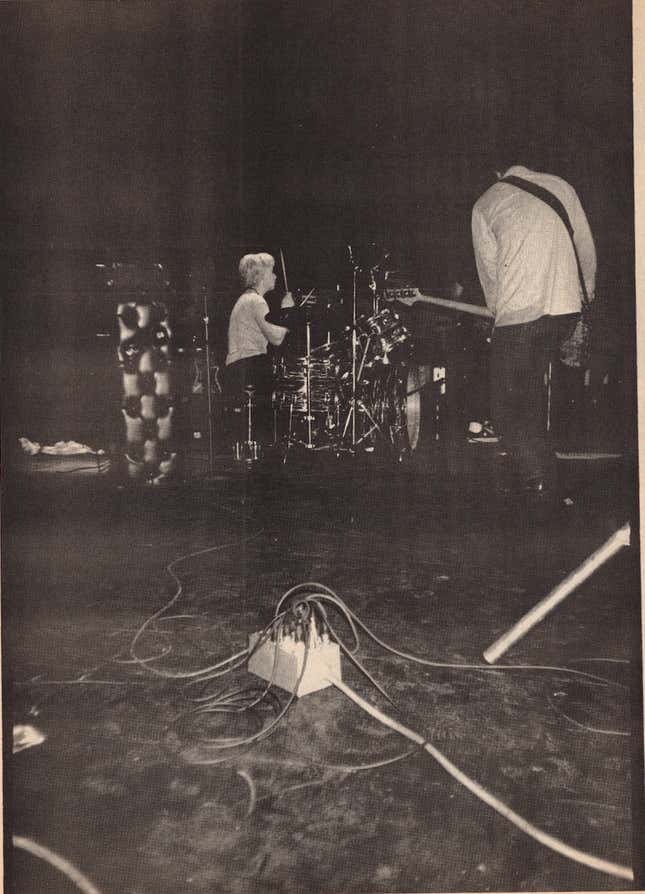
The music critiques in Velocity Kills #1 are normal fare, pulling from the catalogs of Sub Pop, Merge, Ok, SST, and Drag Metropolis, amongst others. Evaluations for Nirvana, Pavement, Smog, and Superchunk run throughout Velocity Kills’ newsprint pages, subsequent to plain indie label ad-buys (and, in a little bit Velocity Kills twist, classic adverts for auto elements.) It’s not all tonal, structured stuff: two Trance Syndicate releases are really useful within the “gtr. fuzz tape collage injury” of Ache Teenagers and the “unnervingly demonic” tape loops of Crust. However a curious reader skipping the remainder of the zine to test the critiques may have their eyes already in movement, previous Harriet Data’ Wimp Issue 14 and Chicago locals Wreck, into the subsequent web page. And throughout the web page gutters from the final critiques, continued from web page 21, is an interview speaking about Ford and oil springs as an alternative. Flipping again to web page 21, we discover the promised characteristic on drag racing.
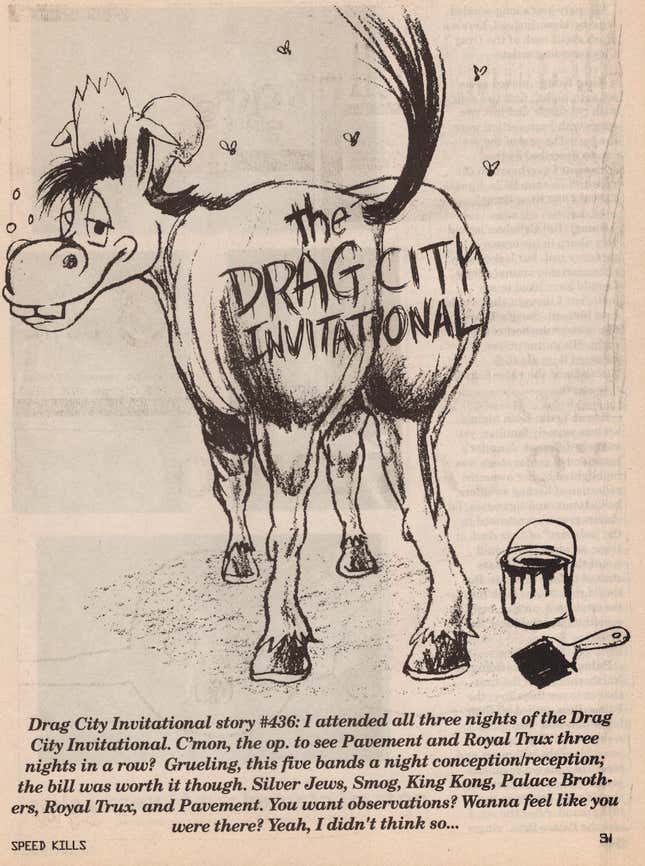
The interview is with Larry Ammons, launched right here as “one in all Cleveland’s native legends!” Rutherford prompts and follows alongside, as Ammons talks about avenue racing in Cleveland, driving to Livonia to ask Ford engineers questions, and the Detroit Autorama. He tells anecdotes and talks in regards to the vehicles he drove within the sixties, he rattles off names and specs. What’s hanging is the element saved within the interview. In making ready it for print, Rutherford left the main points in: as Ammons discusses the improvements he put into his Boss 429, he talks about journals, bearing floor, a mannequin of carburetor. For somebody choosing up Velocity Kills for the music critiques, who’s by no means thought twice about what’s underneath a automobile hood in addition to the really useful upkeep intervals, that is all alien. However the events concerned discuss it with whole fluency, with out pausing to clarify. The curious reader flips to the music interviews for one thing grounding. What’s the cope with Fuel Huffer? Effectively, in packing containers all through their Q&A, you’ll discover fast, readable, mildly sarcastic directions on the way to exchange the rear important seal on a crankshaft.
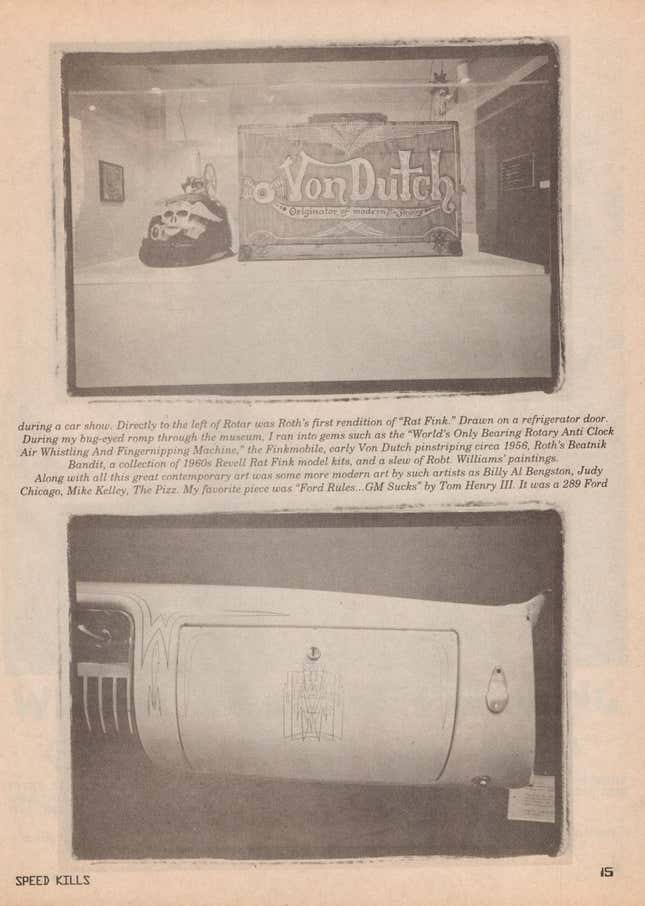
This was the connective tissue that Velocity Kills offered: you’re already right here to see what the curious, artistic, bizarre individuals of the world can do after they get their fingers on music; wait till you see what they will do with vehicles.
The obtained knowledge about subcultures is that this might by no means work. Certainly, should you like drag racing, you’re blasting “I Can’t Drive 55″ out of your automobile stereo, not reviewing information from the label that put out Double Nickels On The Dime. These are decades-old Sorts of Man locked in ideological fight. However there’s a helpful body for this in situation #6’s characteristic on Scorching Rods From Hell. Velocity Kills correspondent Wealthy Dana describes the group’s goal: “To hunt out new life in a racing fashion principally missed for the reason that huge bucks of corporate-sponsored humorous vehicles and high fuelers eclipsed it within the early seventies.” HRFH organizer Scott Jezak concurs, and Dana quotes him as saying: “Humorous vehicles now are mainly instruments to get down the observe… I like to look at them run, however drag racing in the present day lacks character and individuality.”
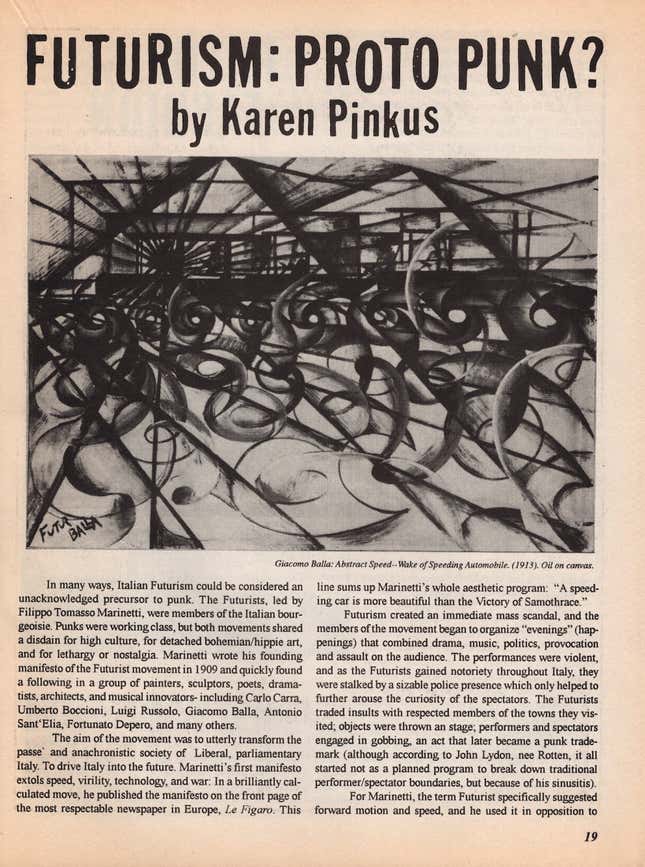
In 1994, John Drive and capital-F capital-C Humorous Automobile might not have been NASCAR or F1, however for these drag fanatics nearer to their interest’s margins, all the pieces is relative. Is that this so totally different from how D.I.Y. labels hand-dubbing cassettes checked out Sub Pop, even earlier than their Warner takeover? Sub Pop nonetheless oversaw nice information after 1995; you continue to love to look at Humorous Vehicles run. However in order for you one thing tactile, one thing accessible, it’s important to get decrease to the bottom.
In that very same spirit of the Scorching Rods From Hell, searching for out the seen hand of the opposite human, Velocity Kills faithfully devotes evaluation area to small labels. This isn’t to say that its top-fuel model ever lets up for lengthy. The attention catches on bands with automotive-themed names amongst critiques: Cheater Slicks, Fastbacks, Alcohol Funnycar, Voodoo Gearshift, Crain. However area is made for music that solely exists because the painstaking work of individuals with day jobs and tape recorders. Velocity Kills usually options quick however glowing critiques for Fridge, brothers Dennis and Allen Callaci of Shrimper Data. Shrimper, finest often known as the primary house of prolific rockers the Mountain Goats, is predicated in Claremont, CA; ten miles from the outdated NHRA headquarters, and thirty from Riverside Worldwide Raceway. A Velocity Kills evaluation of a neighboring label’s cut up single calls for: “What the hell is happening in Claremont?” What, certainly, was occurring simply north of the Pomona Raceway? Velocity Kills gave up attempting to reply that on at the least one event. Sidestepping an precise evaluation of the hypnotic, churning rock of Shrimper alumni Halo, the SK evaluation part rambled as an alternative in regards to the ‘68 Chevy Impala 4-door on their CD’s cowl.

All through its run, the workers of Velocity Kills negotiated its two major sensations—velocity and sound—this manner, one turning into the opposite. An interview with 1978 NHRA Champion Kenny Cook dinner reveals mid-way that Cook dinner’s brother Jon performs guitar with Louisville rock band Crain (associates of the journal), and that Kenny fixes the band’s tour van. When Velocity Kills despatched out Difficulty #5’s “Fave Automobile Survey” questionnaire, it drew responses not solely from John Pearley Huffman (previously of Automobile Craft), however from mischief-maker Nardwuar, Merge Data’ personal Laura Ballance, and Steve Albini. An interview with musician Eric Lunde will get unfastened midway via, and leaves music behind for a protracted dialogue in regards to the aesthetics of collision, and the sacredness of Determine 8 crashes.
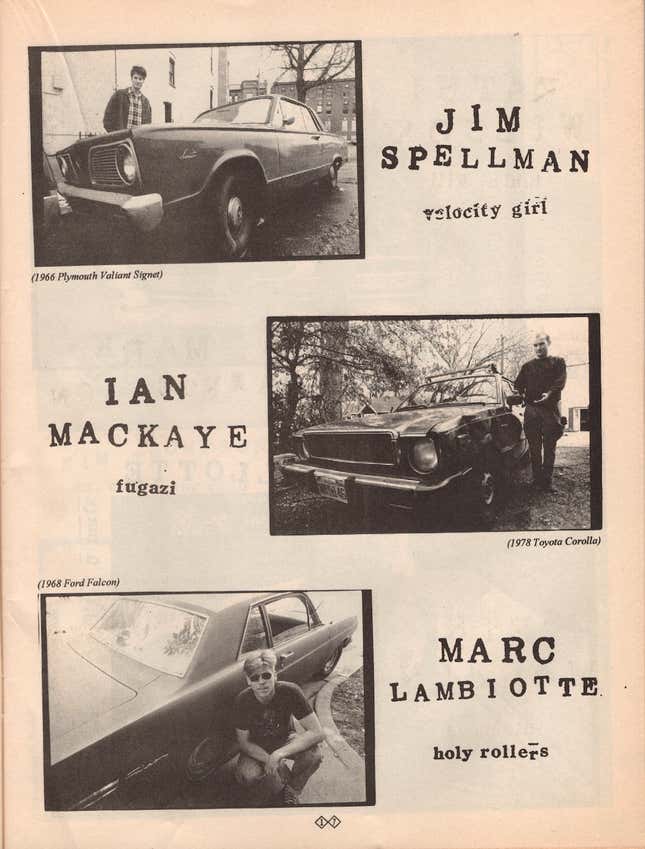
In one in all its strictly automotive options, Velocity Kills opted for a distinct sort of zine scene report throughout its run: interviewing Chicago’s personal Norm “Mr. Norm” Kraus, legend of Grand-Spaulding Dodge and drag racing innovator, at size. The interview is launched “delivered to you by the Velocity Kills Historic Society!” in jest, however it will get fairly actually right down to nuts and bolts. You possibly can nearly hear the enjoyment, studying Norm Kraus’s solutions in regards to the sorts of customized work they did for patrons, making their vehicles quicker: “We discovered that the 383 bearings labored higher than the Hemi bearings!” Requested about efficiency and weight, he goes on at size in regards to the ‘67 Dart, in regards to the manifold being too near the steering coupling in early exams. He talks about how he ended up in racing, and slides into lengthy full of life anecdotes, dutifully transcribed and giving a sense of fixed simple movement. His sense of the place issues had been on the vehicles and the way every half he altered would make issues quicker, who he labored with and the place he was, his tactile feeling, all comes via clear and sharp. The “Mr. Norm” interview runs lengthy, cut up in half and pushed to the again of the sixth situation, to carry all of those particulars. The interview is authentic work, invaluable work, and might’t be replicated or re-done. Norm Kraus handed away in 2021.
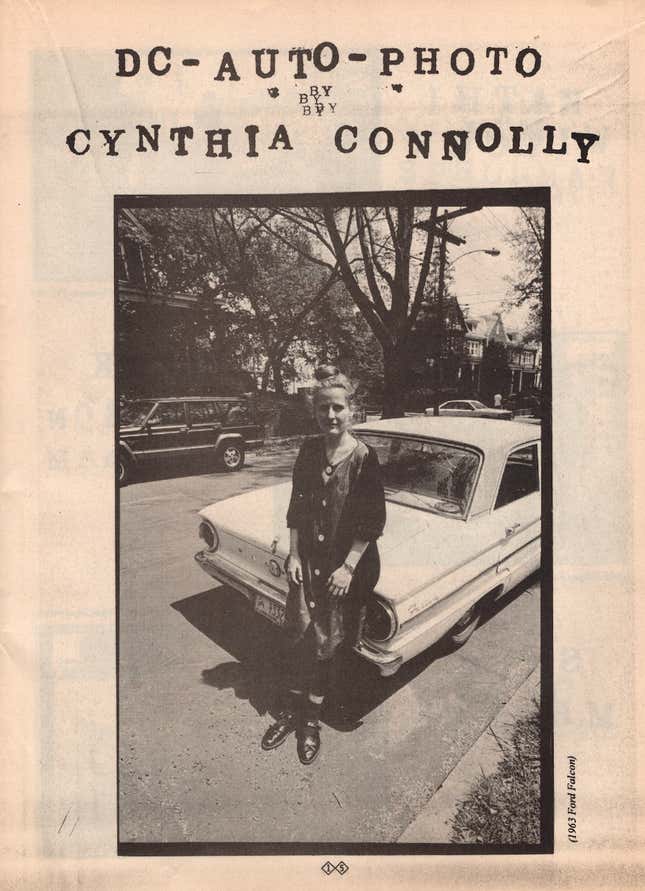
Final summer season I used to be mailed a heavy cardboard field. Inside was a stack of music fanzines, scattered points, all from roughly the identical early 90’s interval and with some attention-grabbing niches. The Tim Alborn/Harriet Data zine Incite! interviewed librarian-musicians in its twenty eighth situation, asking whether or not they most popular Dewey Decimal or Library of Congress methods. One other zine, Escargot (eds. Jeanne McKinney, Kathleen Billus, and Windy Chien) had detailed details about getting on-line in 1995, from choosing an ISP to netiquette to UNIX instructions. Points #5, #6, and #7 of Velocity Kills got here to me amongst these different enthusiasms, a sort gesture from a good friend sending me analysis materials. Digging via the critiques, wandering again via the options, I obtained the gist of Velocity Kills and set it apart to maintain sifting via all the fabric available. However I saved coming again to the sixth situation, which had initially been mailed out with a Superchunk single. I hadn’t heard of Velocity Kills, however I questioned if any of my Superchunk devotee associates had seen the title, or had a duplicate.
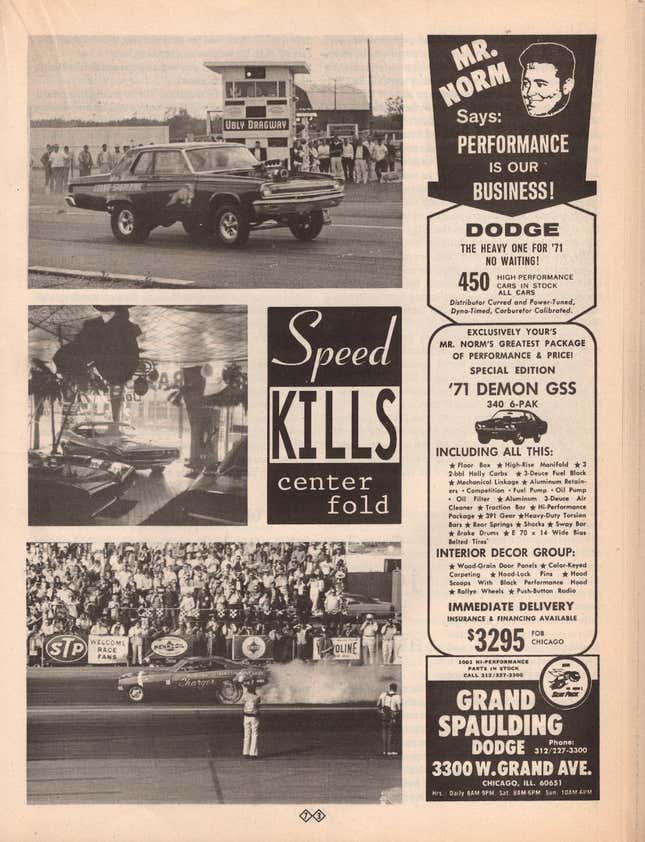
The sixth situation of Velocity Kills is less complicated to seek out than the early points. Due to the Superchunk single, an merchandise with cheap demand and worth for collectors, copies of situation #6 usually tend to have been purchased, bagged, saved, listed, together with the 7″. There’s a really actual risk that the interview with Norm Kraus, in all its nice vitality, all its element, will survive for a drag racing fanatic additional down the road to review and revel in, nicely past the bounds it may need in any other case.
And on the extent of sheer enthusiasm: I personally hadn’t given drag racing or scorching rodding a lot thought, earlier than digging into these. Now my ears perk up after I hear information in regards to the NHRA, or after I see outdated problems with Automobile Craft by the vintage retailer rows of Street & Observe. Scott Rutherford and the remainder of the group who made Velocity Kills poured their effort, their time, and their love for their very own area of interest of automobile tradition into the zine, and that reached me nonetheless in 2024. It introduced me alongside, and it instructed me the one factor I wanted to know: they liked these items. These items might change yr life.


